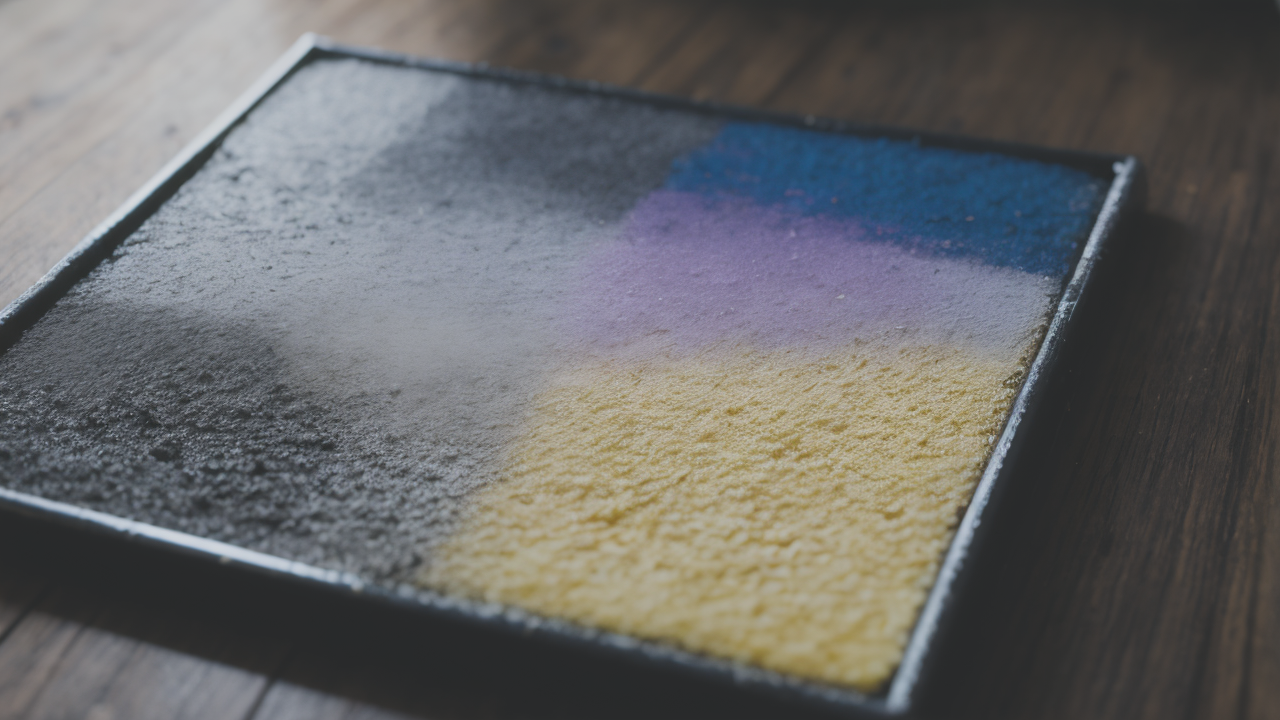
Expert Guide: Integrating Plaster into Oil Paintings for Unique Textural Effects
Introduction to Oil Painting Techniques
The Role of Oil Painting in Modern Art
Oil painting plays a big part in modern art. It gives artists a special way to show their ideas. The rich colors and textures of oil paints make artwork pop. Artists can make layers, mix colors, and add depth to their work.

Today's oil painters often try new things. They mix different styles to make fresh art. Some blend real scenes with made-up ideas. Others use oil paints to create 3D effects on flat canvas. Oil paints dry slowly. This lets artists work on their pieces for a long time.
Oil painting has changed with the times. It now shows current issues and personal stories. Some artists use computers to plan their oil paintings. But oil painting is still hands-on work. It's about feeling the paint and canvas as you create.
Essential Oil Painting Tools and Materials
To start oil painting, you need some basic tools. Here's what you'll need:
- Paints: Oil paints come in tubes. Get red, blue, yellow, white, and black to start.
- Brushes: Buy different sizes and shapes. Flat, round, and angled brushes are useful.
- Canvas: You can buy ready-made canvases or boards to paint on.
- Palette: This is for mixing colors. Wood or glass palettes work well.
- Palette knife: Use this to mix paints and make texture.
- Easel: This holds your canvas up while you paint.
- Solvent: It thins paint and cleans brushes. Try odorless mineral spirits.
- Linseed oil: This makes paint flow better and shine more.
- Rags or paper towels: For cleaning up and wiping brushes.
- Varnish: This protects your finished painting.
Choose good tools that fit your budget. Better tools can make painting easier and more fun. As you learn, you might want to try different brands and types of supplies.
Innovative Tools for Enhancing Oil Painting Textures
The Use of Non-Traditional Instruments
Artists often look for new ways to add texture to oil paintings. Many use everyday items as tools. These can make unique marks and patterns on the paint. Here are some items you can try:

- Sponges: These make soft, spotty effects.
- Combs: Use them to make lines or wavy patterns.
- Credit cards: Spread paint in thin, even layers.
- Toothbrushes: Splatter tiny dots of paint.
- Bubble wrap: Press it into wet paint for a bubbly look.
- Plastic wrap: Crinkle it over wet paint for a marble effect.
- String: Drag it through paint for thin, wavy lines.
- Sandpaper: Rub gently to create a rough texture.
These tools can add interest to your paintings. They help you move beyond regular brush strokes. Try different items to see what they do. The key is to play around and find what suits your style.
How Unconventional Tools Can Expand Your Creative Reach
Using odd tools in oil painting can open up new ideas. These tools let you make marks that brushes can't. This can lead to fresh styles. Here's how they help:
- Break habits: New tools force you to paint differently. This can spark new thoughts.
- Add variety: Mix old and new methods for rich textures.
- Solve problems: A new tool might fix an issue you're having.
- Inspire new works: Unique textures can suggest new subjects.
- Develop your style: Unusual methods can become part of your signature look.
Don't be scared to try strange objects as painting tools. Kitchen tools, things from nature, or even toys can work. The goal is to grow your art skills. With practice, you'll learn which tools work best for different looks.
Case Studies: Successful Oil Painting Campaigns
Notable Artists Who Paved the Way
Many famous artists have used weird tools in their oil paintings. Their work shows how these methods can make great art. Here are some examples:

- Jackson Pollock: Known for dripping paint. He used sticks and syringes to apply paint.
- Gerhard Richter: Uses big squeegees to make abstract art. This gives his paintings a blurry look.
- Wayne Thiebaud: Used kitchen knives to create thick paint in his food pictures.
- Anselm Kiefer: Puts straw and clay in his oil paintings. This adds real depth to his work.
- Yayoi Kusama: Uses odd tools to make her famous dot patterns in paintings.
These artists show that thinking differently can lead to amazing art. They inspire others to try new tools and methods. Their work proves that we can still find new ways to oil paint.
Analyzing the Impact of Unique Tools on Artistic Expression
Unique tools can change how artists express themselves. They affect how paint is put on and how the final work looks. Here's how odd tools impact art:
- Texture: New tools create surfaces that brushes can't. This adds visual and touch interest.
- Emotion: Unusual marks can show different feelings or energy in a painting.
- Style: Artists develop their own look based on their chosen tools.
- Subject matter: Some tools inspire new topics or ways of showing them.
- Process: Different tools can change how an artist paints. This may lead to new ways of creating.
Using unique tools often leads to happy accidents. These can inspire new directions in an artist's work. It also makes viewers think about how art is made. This can deepen the link between the artist, the artwork, and the viewer.
In conclusion, odd tools offer endless chances in oil painting. They let artists push limits and find new ways to express ideas. By using these tools, painters can unlock new levels of creativity in their art.


